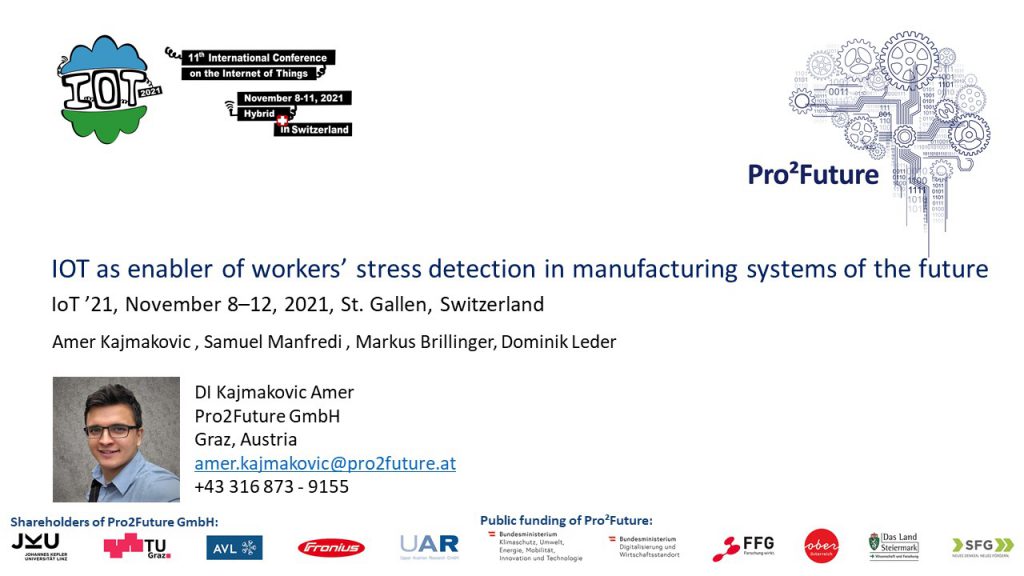In November 2021, the 11th International Conference on the Internet of Things (IoT) took place in Switzerland. Pro²Future and affiliated Researcher contributed with several Poster- and Paper publications. Two Pro²Future Researcher also won the Best Poster Award!
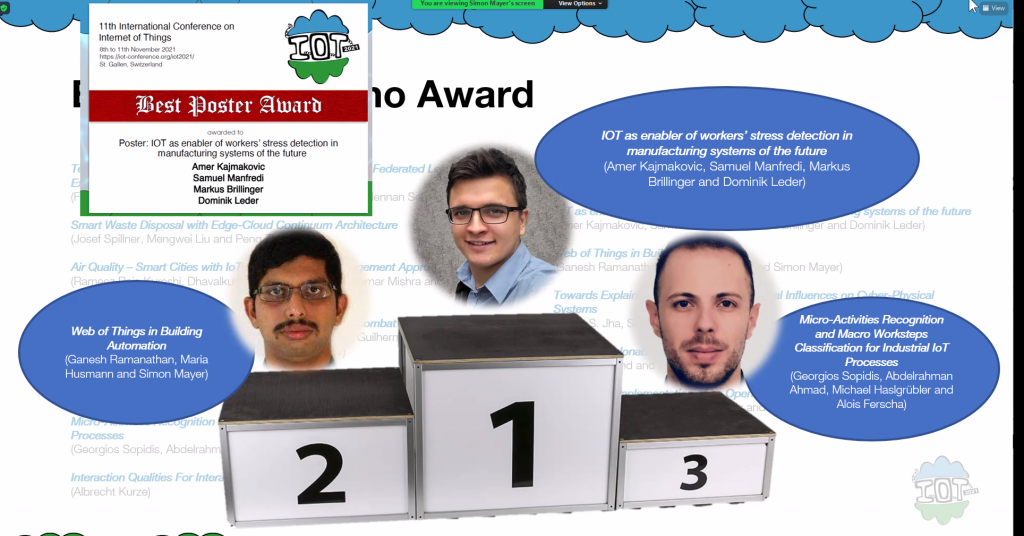
Abdelrahman Ahmad presented research results of Area 1 – Perception and Aware Systems – from the strategic project WorkIT at the 11th International Conference on the Internet of Things (IoT 2021) . The conference took place in a hybrid setting from Nov. 8 – Nov. 11, 2021 and was organized by the Institute of Computer Science at the University of St. Gallen and fostered discussions on recent developments and research activities in the fields of internet of things for the worldwide community. The International Conference on the Internet of Things is the premier gathering for visionary, groundbreaking research in the IoT field. It connects world-class researchers with leading industry experts to steer innovation in multiple IoT verticals (e.g., smart city, smart health, smart buildings, rural areas).
His work titled “Privacy Preserving Workflow Detection for Manufacturing Using Neural Networks based Object Detection” proposes a workflow detection system that is able to classify and recognize which manufacturing workstep workers are currently in, while at the same time preserving the privacy of workers. One main limitation of existing detection approaches for human activities is the use of RGB images to extract data about humans (skeleton, identification, biometric, etc). To overcome this limitation, a workflow detection system and multiple detection models are presented which use data from Intel’s RealSense depth camera sensor and a bending machine. Experiments show promising results and confirmed the possibility to classifying manufacturing worksteps. Hence, it will enable profound investigations to gain deeper insights into industrial workflow detection applications in different industrial scenarios.
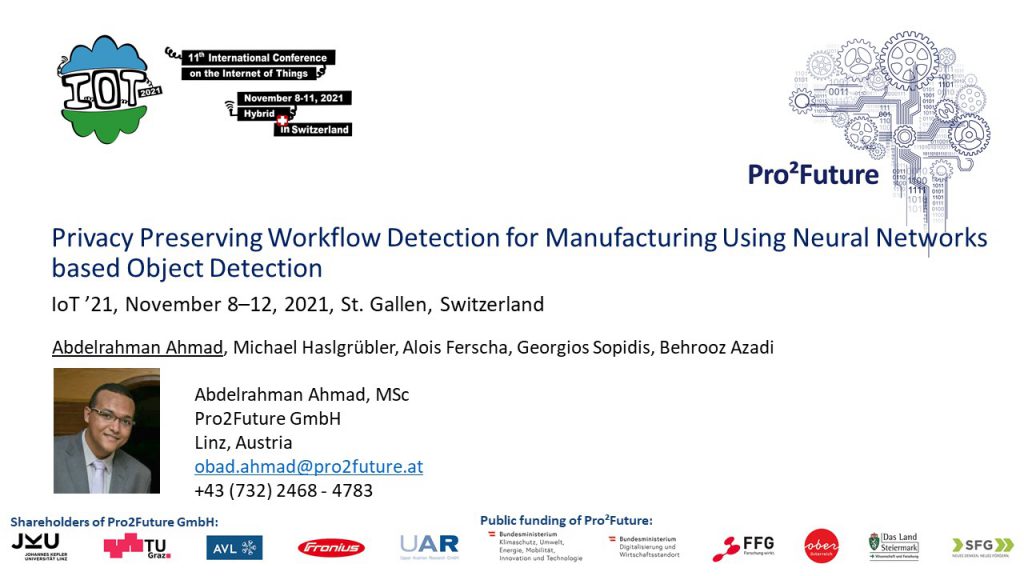
Jaroslava Huber (Pro2Future GmbH) and Martin Schobesberger (Institute of Pervasive Computing, Johannes Kepler University Linz) presented research results of Area 1 – Perception and Aware Systems – from the project HumanAI at the 11th International Conference on the Internet of Things (IoT 2021) . The conference took place in a hybrid setting from Nov. 8 – Nov. 11, 2021 and was organized by the Institute of Computer Science at the University of St. Gallen and fostered discussions on recent developments and research activities in the fields of internet of things for the worldwide community. The International Conference on the Internet of Things is the premier gathering for visionary, groundbreaking research in the IoT field. It connects world-class researchers with leading industry experts to steer innovation in multiple IoT verticals (e.g., smart city, smart health, smart buildings, rural areas).
The paper titled “Addressing Worker Safety and Accident Prevention with AI” presents a conceptual and technical framework for a multimodal cognitive HumanAI system for worker safety and accident prevention. The authors incorporate two common approaches to safety (Safety-I and Safety-II), focusing primarily on the implementation of the latter. The framework of the system, which is envisioned to serve industrial workers, integrates a work assistant with an emergency break assistant. Purposeful interaction between workers and the system is based on the system’s context awareness.
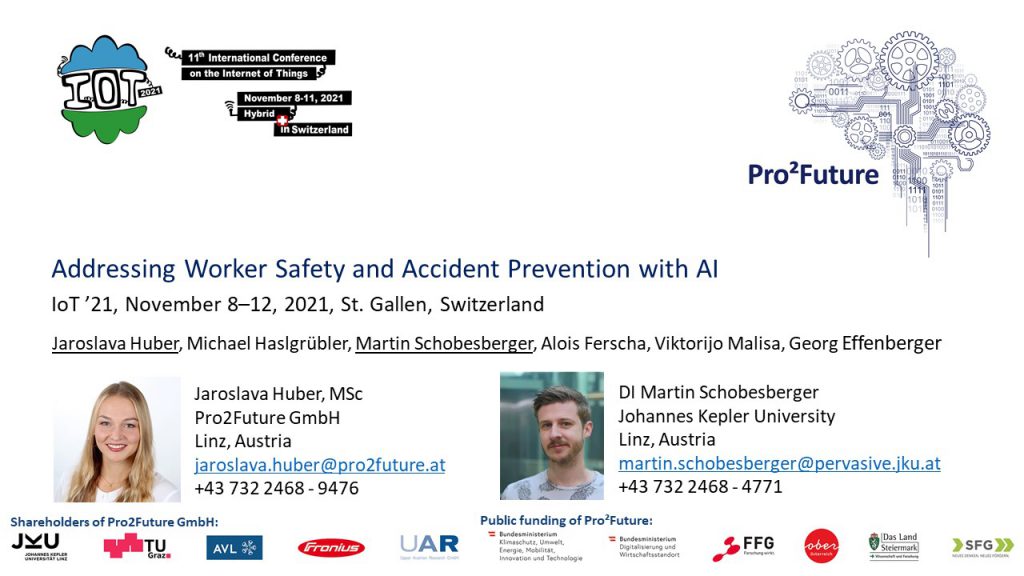
Georgios Sopidis presented research results of Area 1, Perception and Aware Systems, from the project 1.2 GuideIT Cognitive Feedback, Guidance and Recommendation System at the 11th International Conference on the Internet of Things (IoT 2021) . The conference took place in a hybrid setting from Nov. 8 – Nov. 11, 2021 and was organized by the Institute of Computer Science at the University of St. Gallen and fostered discussions on recent developments and research activities in the fields of internet of things for the worldwide community. The International Conference on the Internet of Things is the premier gathering for visionary, groundbreaking research in the IoT field. It connects world-class researchers with leading industry experts to steer innovation in multiple IoT verticals (e.g., smart city, smart health, smart buildings, rural areas). The poster was voted as the third best poster of the IoT 2021.
His work “Micro-Activities Recognition and Macro Worksteps Classification for Industrial IoT Processes” proposes an approach to minimize human error on a manufacturing line during daily tasks and maximize the productivity of novice and experienced workers by reducing rework time and rework costs. A privacy preserving IoT system is introduced based on IMUs and depth sensors to recognize activities through an AI model that confirms completion, of each work-step during the assembly process of ATMs or identifies bottlenecks and provides guidance and support to the worker.
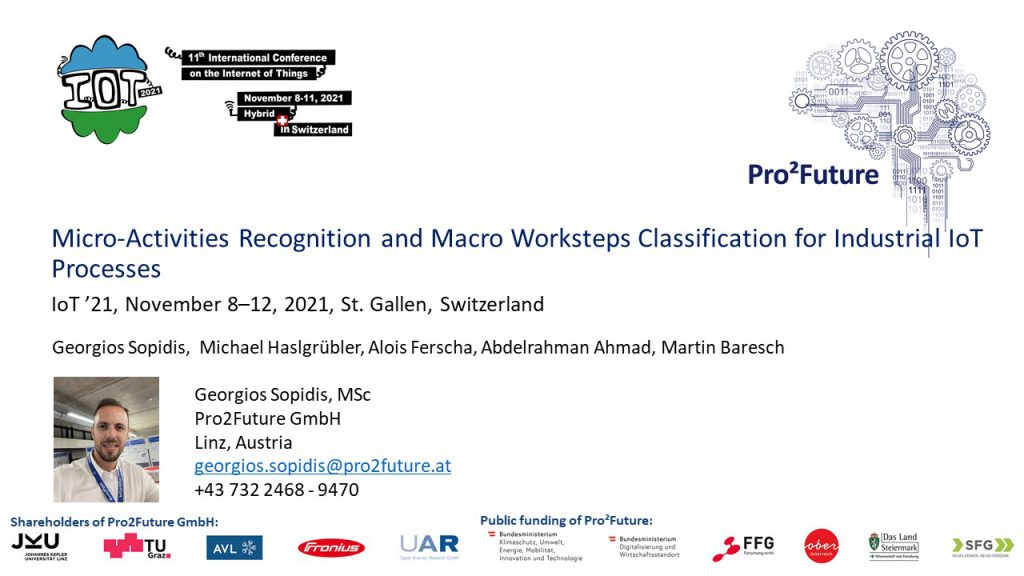
Kajmkovic Amer (Pro2Future GmbH) presented research results from the Area 4.1. Cognitive Products, from the project ACTION at the 11th International Conference on the Internet of Things (IOT2021). The conference took place in a hybrid setting from Nov. 8 – Nov. 11, 2021 and was organized by the Institute of Computer Science at the University of St.Gallen and fostered discussions on recent developments and research activities in the fields of internet of things for the worldwide community. The International Conference on the Internet of Things is the premier gathering for visionary, groundbreaking research in the IoT field. It connects world-class researchers with leading industry experts to steer innovation in multiple IoT verticals (e.g., smart city, smart health, smart buildings, rural areas).
The contribution titled “IOT as enabler of workers’ stress detection in manufacturing systems of the future” presents how commercial IOT devices can be used to detect workers’ stress in dynamic environments. The most common method for assessing stress levels is to measure physiological indicators such as heart rate or breathing rate. The system presented therefore uses commercially available wearable sensor devices to collect the worker’s physiological indicators to assess the worker’s current stress level and create stress models that are used as input to reconfigure the system to create a less stressful workplace.
